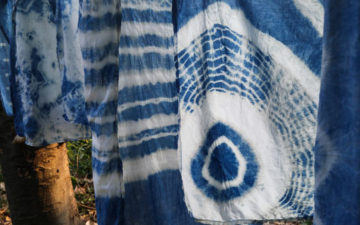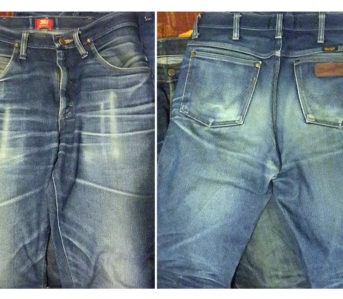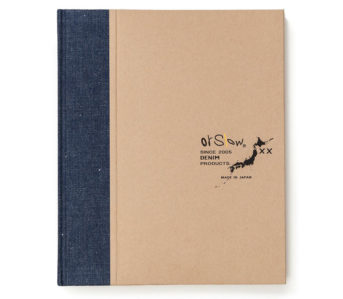Being the cynical city-slicker I am, I see little reason to leave the safety and light pollution of LA for the uncertainty and non-flushing toilets of the great outdoors. Surprisingly, many of my fellow Americans feel differently and seem more than ready to sleep and poop out under the stars.
The history of hiking boots parallels the great American love affair with the outdoors, a love affair that blossomed only a matter of years after the modernization of many American cities. Even with the hardships of the Oregon Trail and the horrors of the Donner Party still fresh in many minds, people were already turning back to nature.
Join us for a tale of the outdoors and the footwear we wear amidst its natural splendor.
Go Outside, Young Man
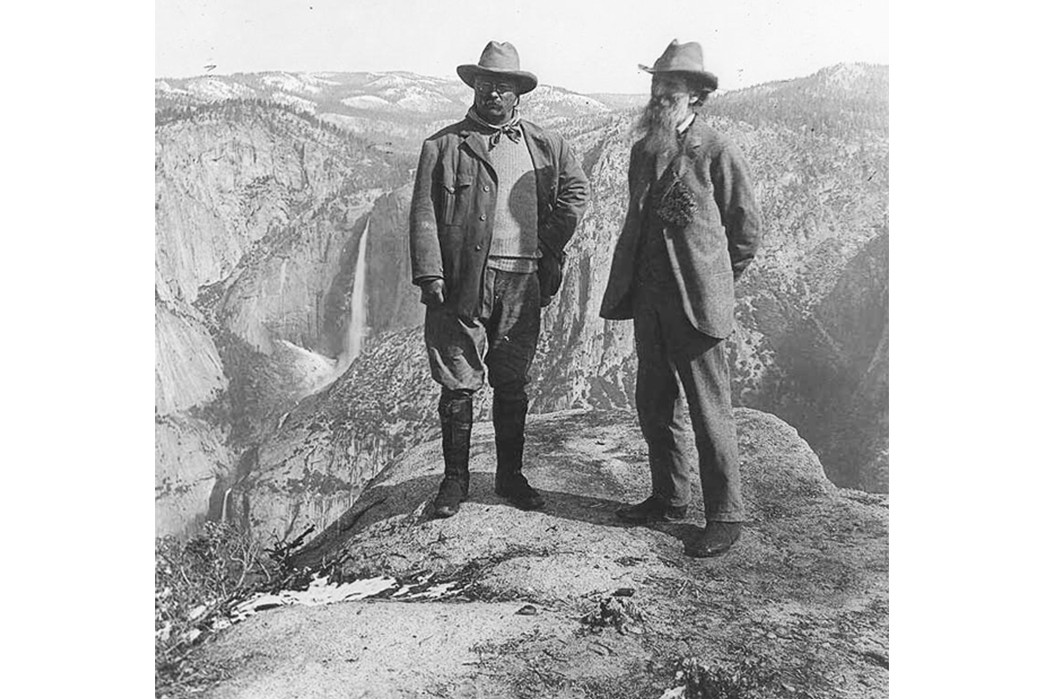
John Muir and Teddy Roosevelt in Yosemite, 1903. Image via collectors weekly.
Our fine country was barely 100 years old when its citizens began fleeing their hard-won urban strongholds for the quiet contemplation of nature. This late 1800s phenomenon was largely the work of John Muir, the naturalist and writer, who recounted his time spent living in Yosemite.
Easterners of the day may have had reason to escape for the countryside; rapidly growing cities were seen as polluted and unhealthy, but those out West weren’t in quite the same boat. The West wasn’t even fully “won” (to use antiquated Manifest Destiny language) and people in admittedly rural environs were still dreaming of getting away from the humdrum of city life. Even before Muir wrote of his travels out West, Henry David Thoreau wrote his famous Walden idealizing his isolated life in the woods.

Roosevelt again. This time in full hunting regalia. Image via National Parks Service.
Even at the time of Thoreau’s writing, in the late 1840s, the encroaching human population posed a threat to these treasured and isolated places. Luckily for America and its wide open spaces, Teddy Roosevelt, upon his election in 1901, began the work of establishing the National Parks.
Trusty Footwear
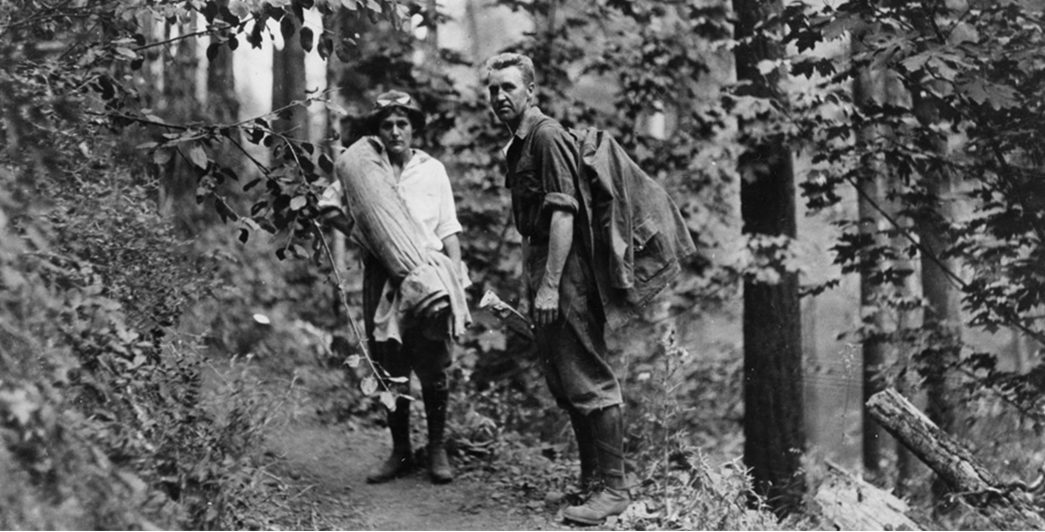
Hiking. Image via Forest History Society.
Until industrialization and large-scale city building began, hiking for pleasure would have been an anachronistic concept to most. Walking was a necessary means of travel for many, not something to merely while away the time. But cities were getting more crowded and unsanitary than ever before and people took off for the country side.
A love for rustically rigorous pursuits like hiking reflected in the way people camped. While earlier in the 1800s, camping had been a more luxurious affair, more like the glamping of today, by 1902, magazines like Sunset were espousing a more rugged way of getting outdoors. This usually entailed getting pack-mules and necessitated hard-wearing, durable clothing.
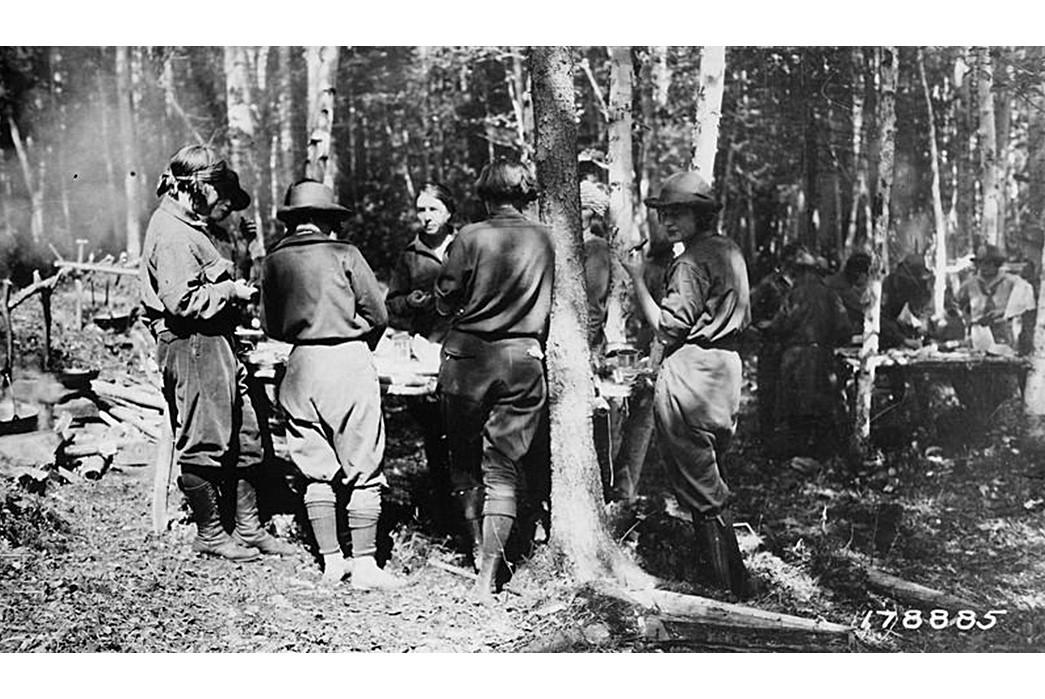
Chattanooga girl’s camp. Image via Pinterest.
Sunset magazine author, Susan Chandler, recommended two pairs of shoes: one comfortable for lazing around and a pair of boots “with a thick sole containing Hungarian nails, for tramping.”
Long before synthetic materials graced footwear, boots were all-leather, even the outsole. A leather outsole is slick and flat when first worn and only becomes more grippy as it scuffs. (I almost fell down a flight of stairs while trying on the leather-soled Yuketen Alan boots.) Even so, they are not especially useful on tricky terrain and as Chandler mentioned, needed to be hobnailed or cleated to maintain traction on the trail.
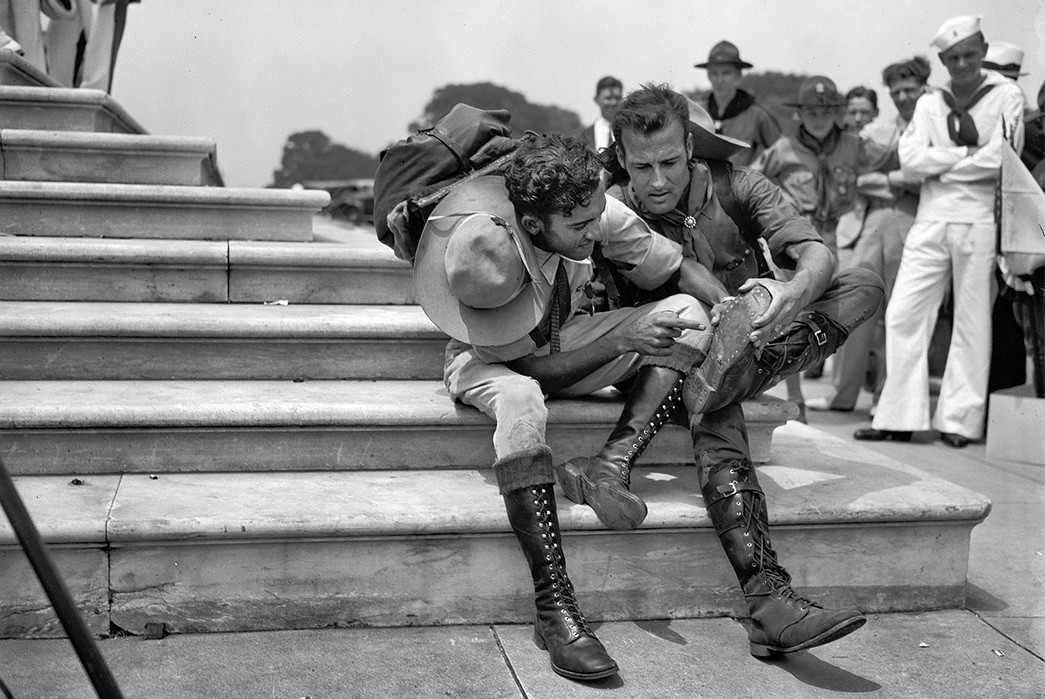
Leather boots and rubber soles at the 1937 Boy Scout Jamboree. Image via Reddit.
Hiking boots laced up to just above the ankle like modern 6-inch boots, or they went nearly up to the knee. The first major advancement in hiking boot technology was the introduction of the rubber outsole, something first developed by Red Wing, which vastly reduced the cost of boot production and increased the lifespan of boot-soles. Allowing them to go longer between resoles.
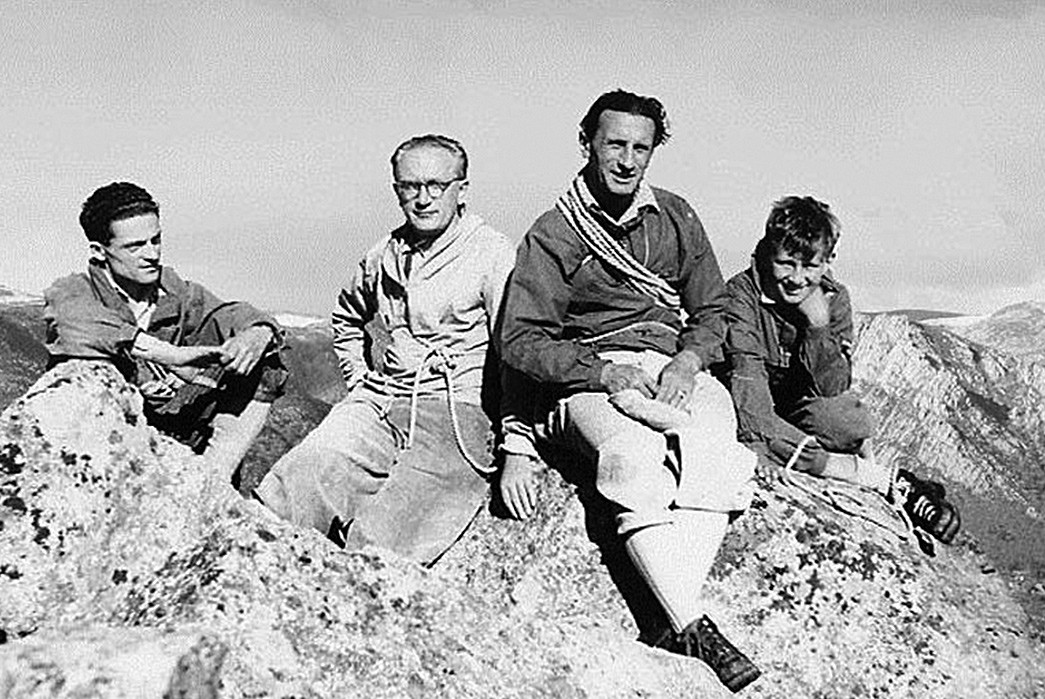
Prolific hiker and founder of Vibram, Vitale Bramani (second from right). Image via Heddels.
Red Wing’s soles, while useful, were largely unimaginative. They suffered from many of the same problems of a normal leather-outsole. Without any texture, boot soles lacked grip, even if they did last longer than before.
Enter Vibram. Vitale Bramani founded the famous rubber-sole company in 1937 two years after the tragic death of his hiking companions. Bramani always thought their deaths could have been avoided had they been better-equipped and he desperately sought an alternative to the boots that he was sure put climbers and hikers in danger.
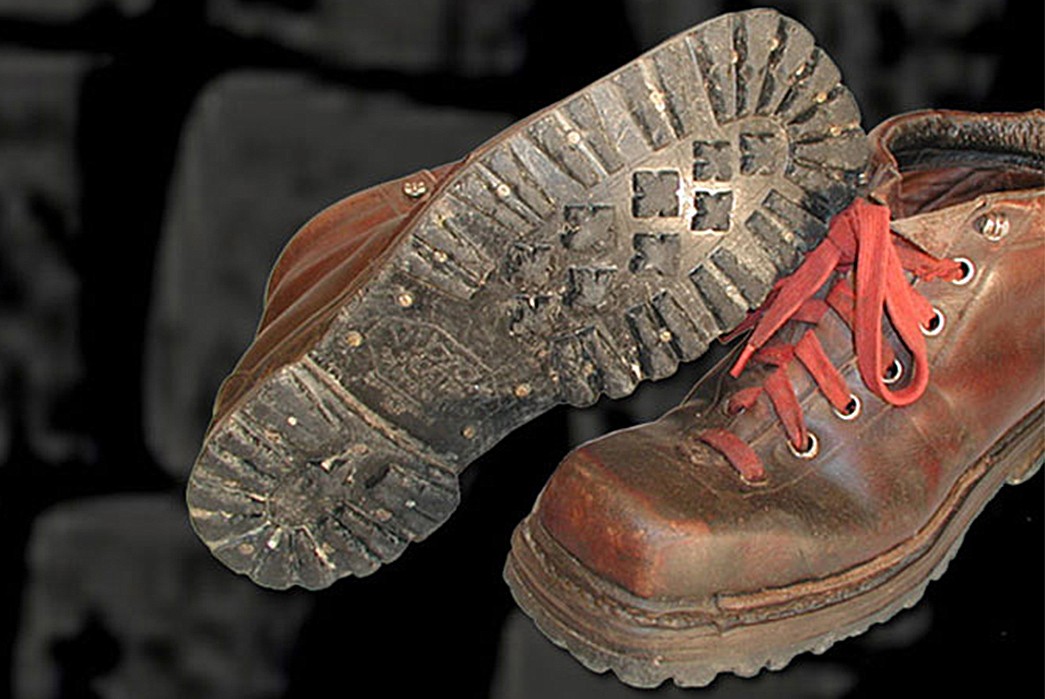
Carramatto Sole. Image via Vibram.
Vibram’s first sole was called the Carrarmato and remains in use to this day. Over time, almost every single leather part of the hiking boot would be replaced with a substitute material and the outsole was the first to go.
Leather, which everyone who has broken in a pair of boots knows, is strong, but unyielding. A 100% leather boot can take months if not years to fully break in and though leather is a great way to protect your feet, it’s not exactly the most versatile. Now that the soles had been improved, the next leap would be to work on the rest of the boot.
A More Perfect Boot
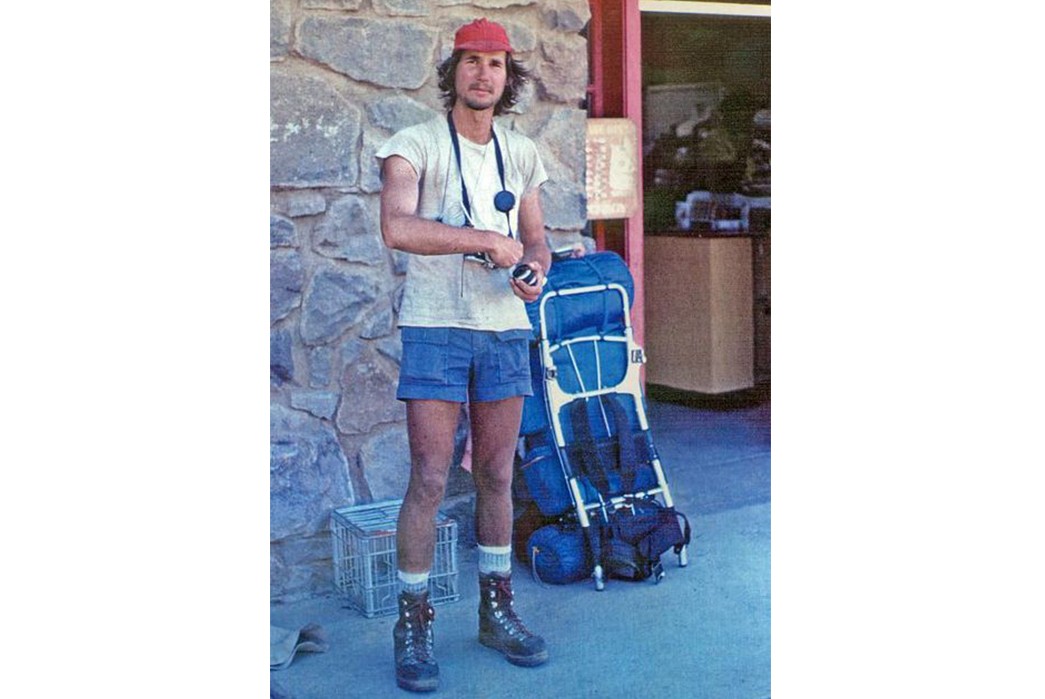
Hiking the Pacific Crest Trail. Image via Pinterest.
The 1960s gave new life to the outdoorspeople of the country. Lightweight, synthetic materials began appearing and eliminated much of the unpleasantness and hauling of camping and hiking. It would only be a matter of time before that technology was brought to boots as well.
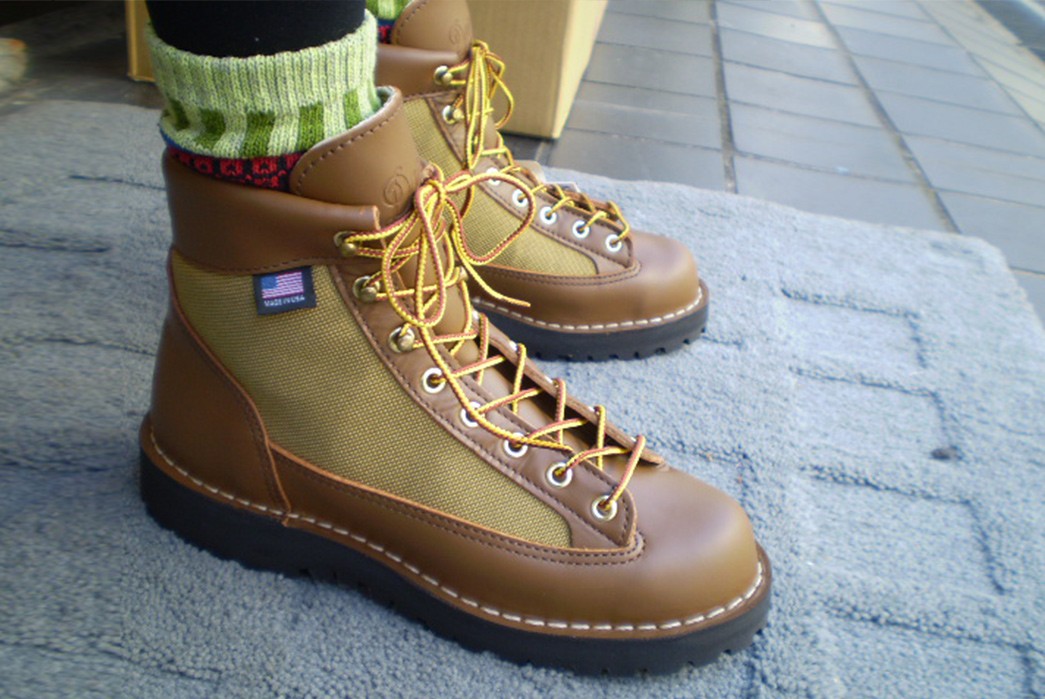
Goretex Danner boots. Image via Rakuten.
The biggest problem with leather boots had always been moisture. As new synthetics were introduced, boots became more comfortable and practical, but didn’t handle wet conditions especially well. Salvation came with Gore-Tex, the waterproof, breathable, and lightweight material that we see in many boots today. Danner was one of the earliest adopters, crafting boots with the revolutionary material as early as 1979. With Gore-Tex’s light polytetrafluoroethylene in play, leather was only used as an accent that strengthened the weakest parts of the boot, the seams.
Meanwhile, the Norwegian Welt and Littleway Construction surpassed the more traditional Goodyear welting in strength. New materials waterproofed the upper and more exhaustive stitching served the same purpose where the upper met the sole.
The April 1981 edition of Backpacker magazine indicates a bit of a crisis in the footwear industry: the arrival of the trail shoe. Boot-makers could quibble all they wanted about leather, nylon, and Gore-tex uppers, but the fact of the matter is and was that sneakers were closing in on the hiking footwear market. But as of 1981, the CEO of Gore-tex was reluctant to state firmly whether or not his synthetic shoes were in fact more effective on the trail than his leather ones.
Hanging In There: Welted Hikers Made Today
Fracap M120
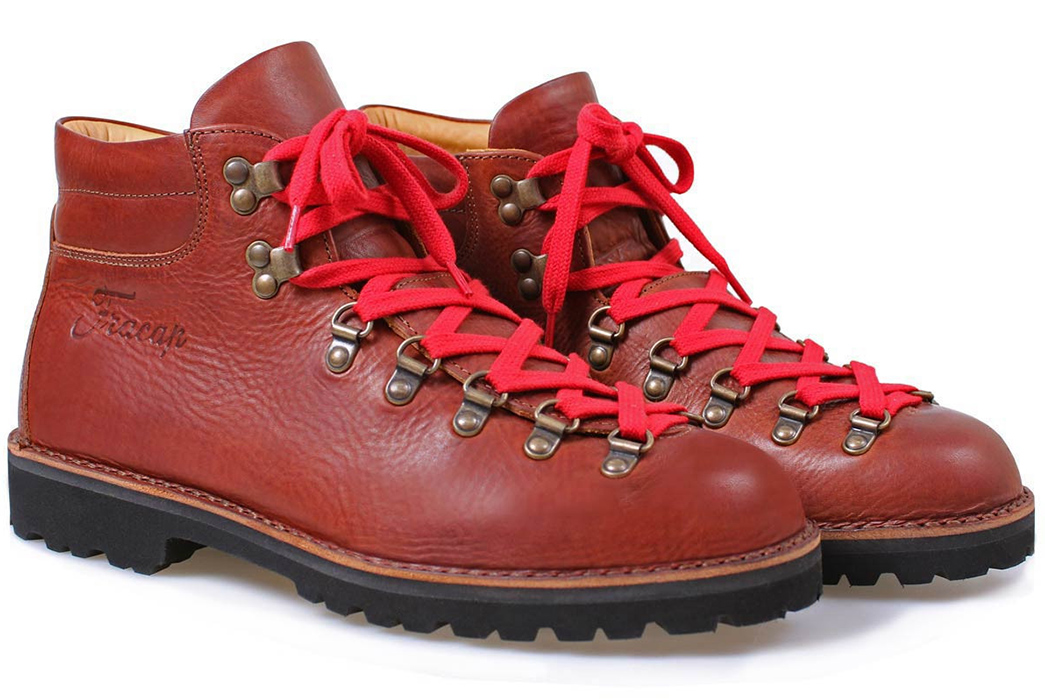
Fracap Boots. Image via Fracap.
Italian label Fracap has evolved more into a sneaker brand than a hiking one as of late, but they still manufacture their classic M120. This hiker saw countless ascents on the Italian Alps and it’s now fully customizable via their on-site design tool.
Starting at €295 (~$344) at Fracap.
Danner Mountain Light
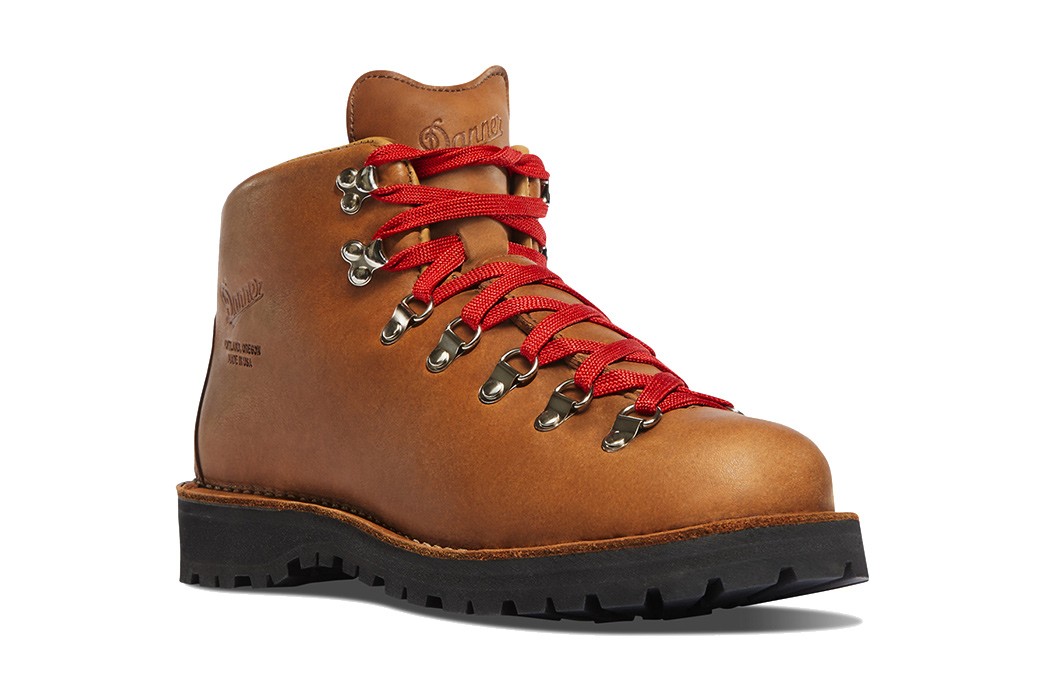
Danner Boots are a wonderful mid-point between the technical synthetic boots of the future and the leather boots of the past. They have perhaps the most experience with combining natural and synthetic materials to suit your foot’s needs.
Available for $380 at Danner.
Viberg Hiker Dark Oiled Calf
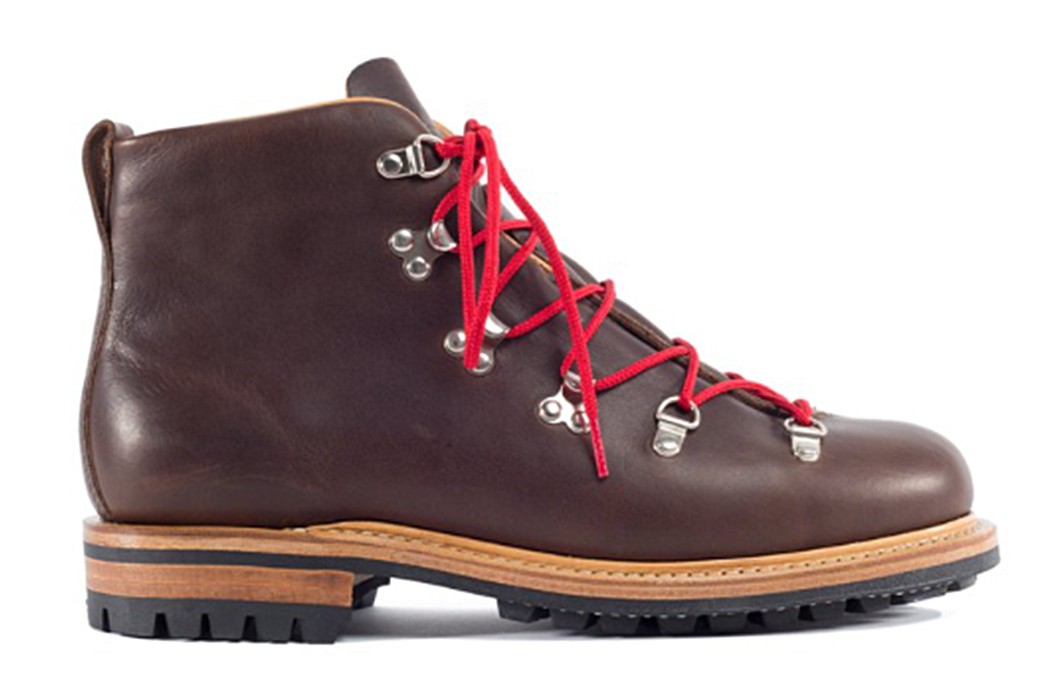
Viberg Hiker. Image via Viberg.
The Viberg Hiker is a good choice for those who want the hiker look, but don’t necessarily plan on striking out on the trail. Viberg’s construction is second to none and their leather is beautiful. You can’t go wrong with this one, but I’d be scared to scuff it up too much.
Available for $720 at Viberg.
Paraboot Avoriaz
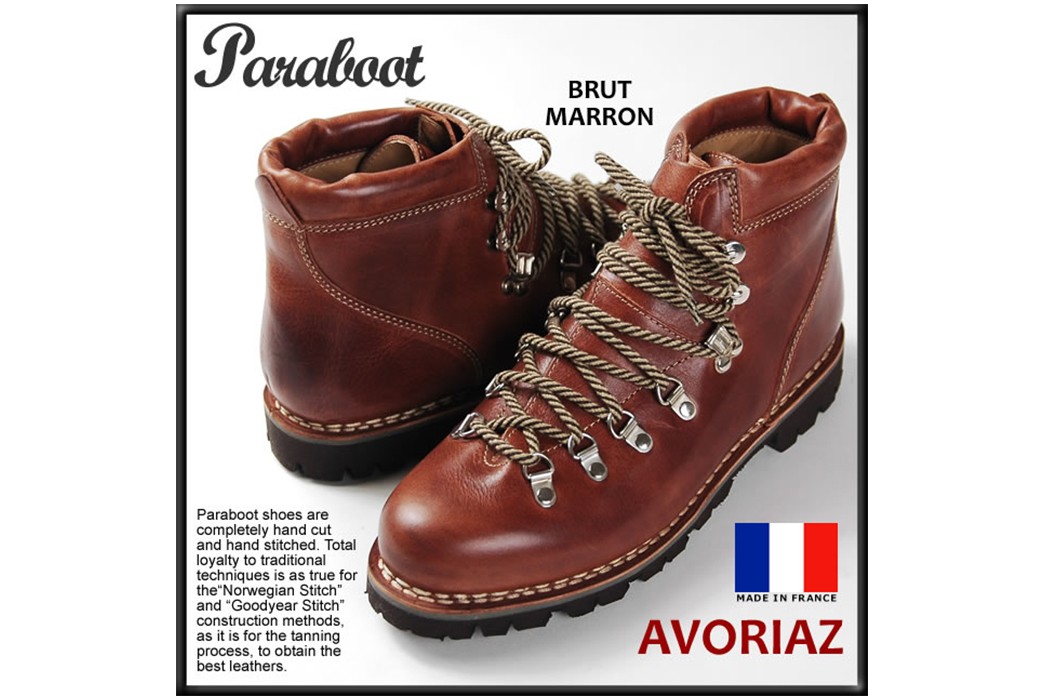
Paraboot. Image via Rakuten.
The French maker Paraboot offers the welt with the most stitches of all: the Norwegian Welt. This fully waterproofs the sole and even allows for future resoles. While the other boots to some degree mimic vintage hikers, Paraboot’s offering is very much true to the old ways. What it lacks in synthetic tech, it makes up for it hardiness.
Available for £299 (~$397) at The Hip Store.


